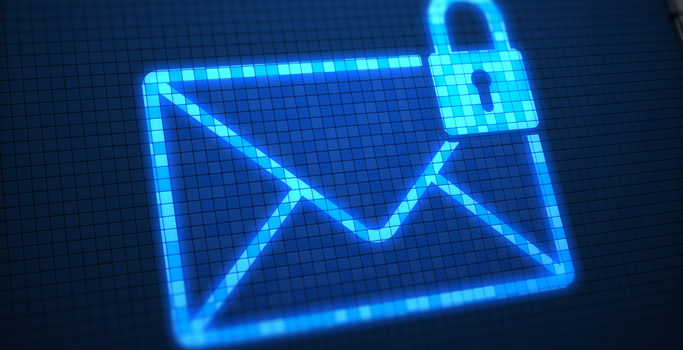Email is a foundational communication tool for every business. Unfortunately, it’s often the source of cyberattacks. Ensuring your organization’s email security is ready for the new methods of hackers is paramount to keeping data safe.
This post will look at emerging trends relating to email security. Then, we’ll cover the functionality your email platform should have in place to deflect attacks.
Email Security Trends
In the past few years, email security has been a topic of conversation. Even though email is a “mature” digital communication, hackers still find it an attractive way to access a network. Here are some of the most critical trends to know and how to protect against them.
Malicious Attachments
The use of attachments to spread malware is still a favorite of hackers. They often combine this form of social engineering with other techniques. The scenario seems legit because the receiver was expecting it. However, one click to download, and the hackers can penetrate.
How to Protect Against It
You’ll need an email protection feature that scans attachments in real-time. Additionally, a solution that flags suspicious emails is valuable. Such a feature can automatically remediate potential threats based on preconfigured actions.
Phishing Attacks Increase, Prey on Fears
Protecting email from opportunists has become more complex and phishing attacks have been soaring. The FTC (Federal Trade Commission) even published bulletins on its rise and how attackers are exploiting fears.
Hackers are craftier than ever. Phishing attacks are no longer easily detectable based on misspellings and obvious “scam” language. These more sophisticated deployments impersonate companies, vendors, and colleagues believably. One example is supply chain phishing. Companies are reaching out to new sources for materials and products. A supplier’s website may be labeled as “trusted,” but it’s really a spoofed site.
How to Protect Against It
Phishing email detection will also benefit from the flagging feature mentioned above. Another tool to use is link protection. This functionality prevents users from accessing sites blacklisted as phishing sites or having malicious code. If your user clicks, the technology checks the reputation of the page. If unknown, it completes a real-time scan. Users then receive warnings if the feature marks it as suspicious.
Another important aspect of mitigating phishing is ongoing employee training. Make this part of your culture so that employees can recognize these attempts. Most research on cyberattacks points to humans as the weakest link. Therefore, continuously educating and informing your people is crucial.
Ransomware Hits SMBs
A survey found that 51 percent of U.S. companies suffered a ransomware attack in the year prior. Most of those were SMBs. In all, there were 304 million attacks in 2020. That’s less than the peak of 2016 but greater than 2017-2019.
The increase in these attacks demonstrates that hackers are often successful. Money motivates ransomware attacks. They also see an opportunity with SMBs that don’t have the same layers of advanced security that larger companies have. Again, email can be a way in for these criminals.
How to Protect Against It
SMBs should upgrade their email system to gain the same robust protocols as enterprises. Securing the email channel from viruses, spam, malware, and targeted attacks is essential. A trusted technology partner can provide this to you affordably and deploy it.
Outbound Email Leakages
With the shift to remote or hybrid workforces, email usage is up for many companies. Sending attachments that contain confidential or proprietary information is, as well. However, just sending a document like this as an attachment could be risky.
Developing protocols on what is acceptable is good, but having a process still may not prevent problems. You need technology to make sure everyone follows it, without exception. This is even more urgent for highly regulated industries like healthcare and finance.
How to Protect Against It
The best way to mitigate intentional or accidental leakage is with email encryption for outbound messages. It monitors email content to identify anything that appears confidential. It also tracks the distribution of the content. You prescribe the policies for the feature to meet your regulatory environment.
Email encryption works via Public Key Infrastructure (PKI) and other technology. This encrypts the content so that the rightful receiver needs a key to open it via a secure message center.
Another way to protect against this is keeping documents in a secure file share system. By doing so, the data never leaves this secure ecosystem. You may consider including this to keep confidential content out of emails.
Email Security with an Easy Interface from Intermedia
These email security trends and how to protect against them represent a variety of actions. However, having an email protection solution doesn’t have to be cumbersome or expensive. With an intuitive interface, you can achieve the control you want. Administrators use a control panel to create settings and define policies.
You’re not alone in wanting to deploy a multi-layered, enterprise-grade email protection solution. At Intermedia, we provide a platform for SMBs that has all the power of a comprehensive program. We combine advanced email scanning engines with many tier-1 antivirus solutions. You can also run various analytic reports for full transparency and visibility.
It’s time to upgrade your email protection. Learn more about our solutions today.
March 8, 2025
Explore other posts on these topics:



